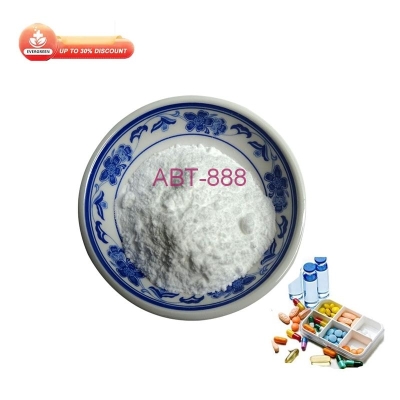-
Categories
-
Pharmaceutical Intermediates
-
Active Pharmaceutical Ingredients
-
Food Additives
- Industrial Coatings
- Agrochemicals
- Dyes and Pigments
- Surfactant
- Flavors and Fragrances
- Chemical Reagents
- Catalyst and Auxiliary
- Natural Products
- Inorganic Chemistry
-
Organic Chemistry
-
Biochemical Engineering
- Analytical Chemistry
- Cosmetic Ingredient
-
Pharmaceutical Intermediates
Promotion
ECHEMI Mall
Wholesale
Weekly Price
Exhibition
News
-
Trade Service
Atorvastatin is a widely used drug for treating high cholesterol levels and reducing the risk of heart disease.
It is a synthetic compound that is derived from a natural molecule called mevastatin.
The synthetic routes of atorvastatin are numerous and varied, and different methods have been developed to synthesize the drug in the laboratory.
One of the related compounds is 20 mg of Atorvastatin's Epoxide impurity, or 3-(4-Fluorobenzoyl)-2-isobutyryl-3-phenyl-oxirane-2-carboxylic acid phenylamide.
The synthesis of Atorvastatin's Epoxide impurity starts with the reaction of four-fluorobenzoic acid with isobutyric acid and 3-phenyl-2-oxiranecarboxylic acid.
This reaction results in the formation of 3-(4-fluorobenzoyl)-2-isobutyryl-3-phenyl-oxirane-2-carboxylic acid.
The next step is the reaction of this compound with phenylamine to form 3-(4-fluorobenzoyl)-2-isobutyryl-3-phenyl-oxirane-2-carboxylic acid phenylamide, which is the desired Epoxide impurity.
Another synthetic route for Atorvastatin's Epoxide impurity involves the reaction of 3-phenyl-2-oxiranecarboxylic acid with 4-fluorobenzoyl chloride and then with phenylamine.
This synthesis route is similar to the first one, but it uses different reagents and conditions.
The synthesis of Atorvastatin's Epoxide impurity can also be achieved by using a variety of other methods, such as the Williamson ether synthesis, the Grignard reaction, and other methods.
The synthetic routes of Atorvastatin's Epoxide impurity can be further divided into two main categories: chemical synthesis and biotechnological synthesis.
Chemical synthesis involves the use of chemical reactions and reagents to produce the compound, while biotechnological synthesis uses living organisms or enzymes to produce the compound.
Chemical synthesis of Atorvastatin's Epoxide impurity typically involves the use of a variety of reagents and conditions to produce the desired compound.
The reaction conditions, such as temperature, pressure, and solvent, can significantly affect the yield and purity of the product.
Biotechnological synthesis of Atorvastatin's Epoxide impurity, on the other hand, involves the use of living organisms or enzymes to produce the compound.
This method can be more environmentally friendly and efficient than chemical synthesis, as it does not require the use of harsh chemicals or reagents.
Biotechnological synthesis can also lead to the production of new metabolites or variants of the compound, which can be further studied for their potential pharmaceutical uses.
The synthetic routes of Atorvastatin's Epoxide impurity have been studied extensively in recent years, and several approaches have been developed to improve the yield and purity of the compound.
One of the most important factors in the synthesis of Atorvastatin's Epoxide impurity is the ability to control the reaction conditions, such as temperature and pressure, to optimize the yield and purity of the product.
Another important factor in the synthesis of Atorvastatin's Epoxide impurity is the choice of reagents and solvents.
Different reagents and solvents can significantly







